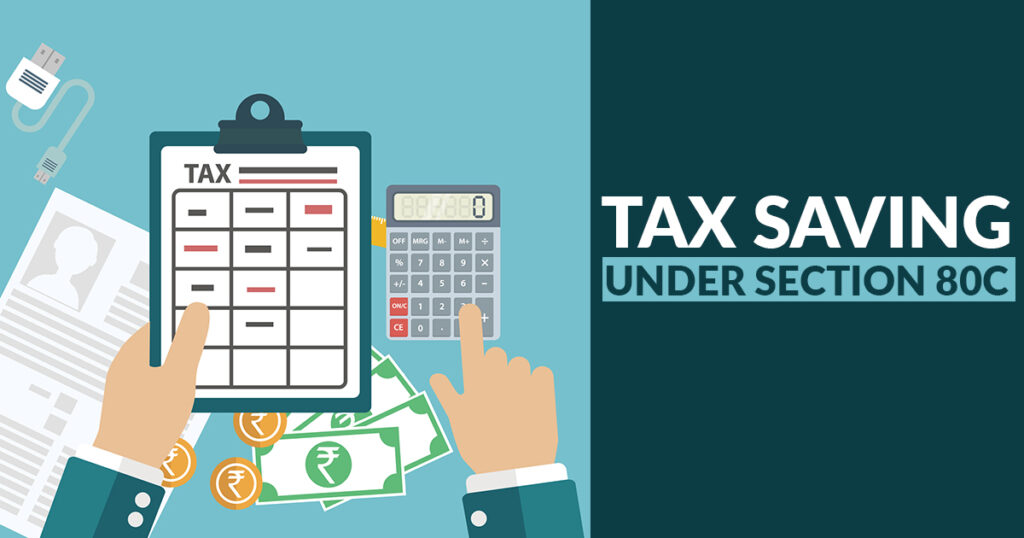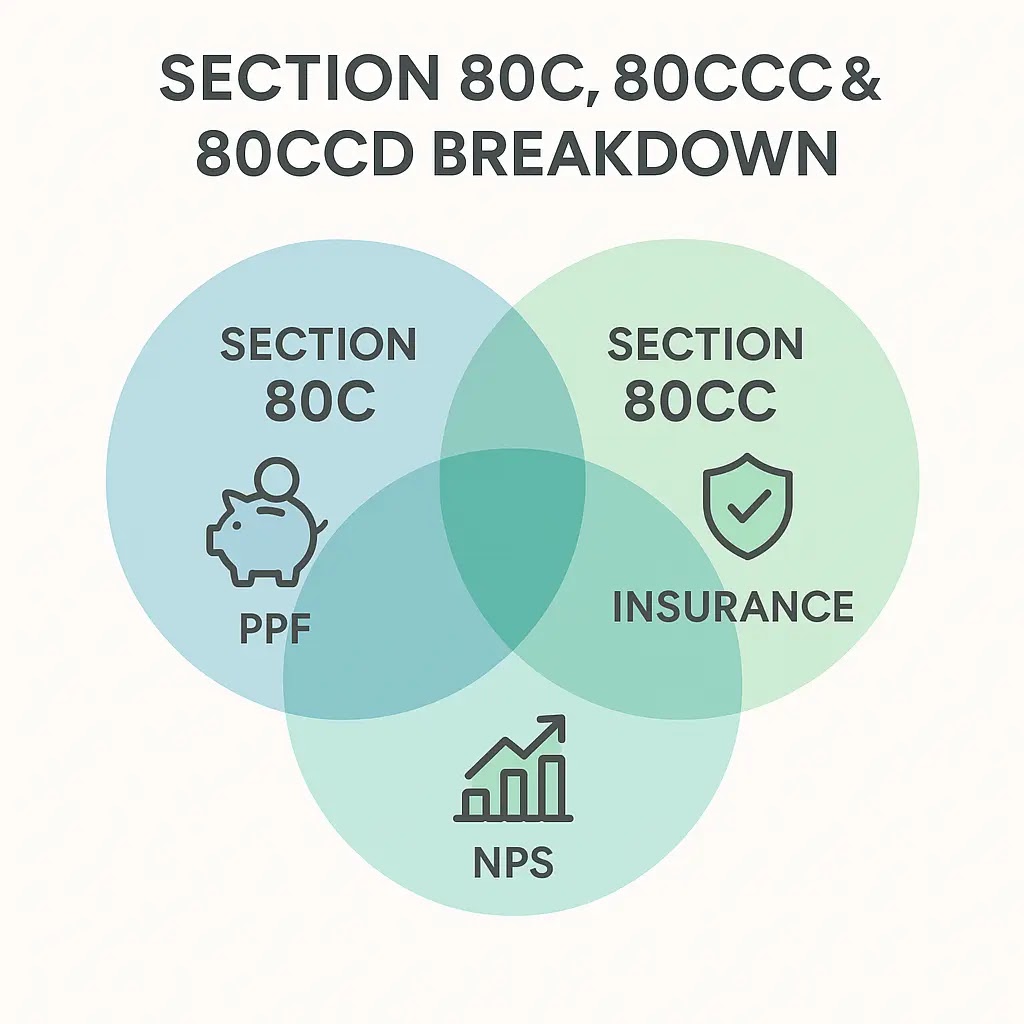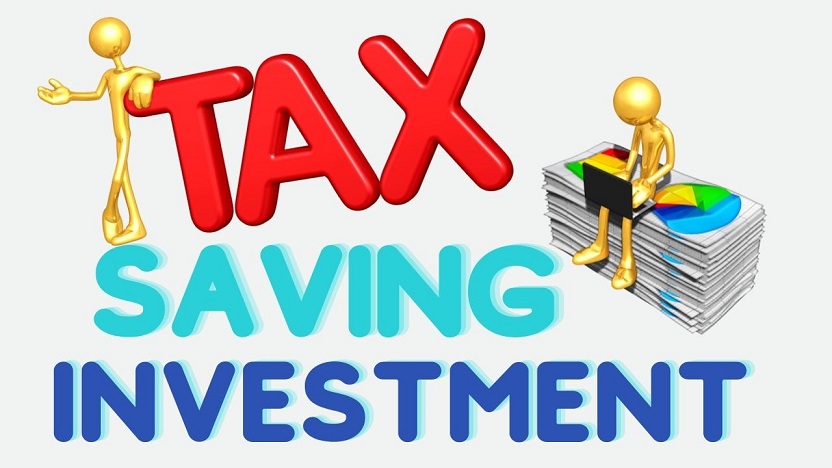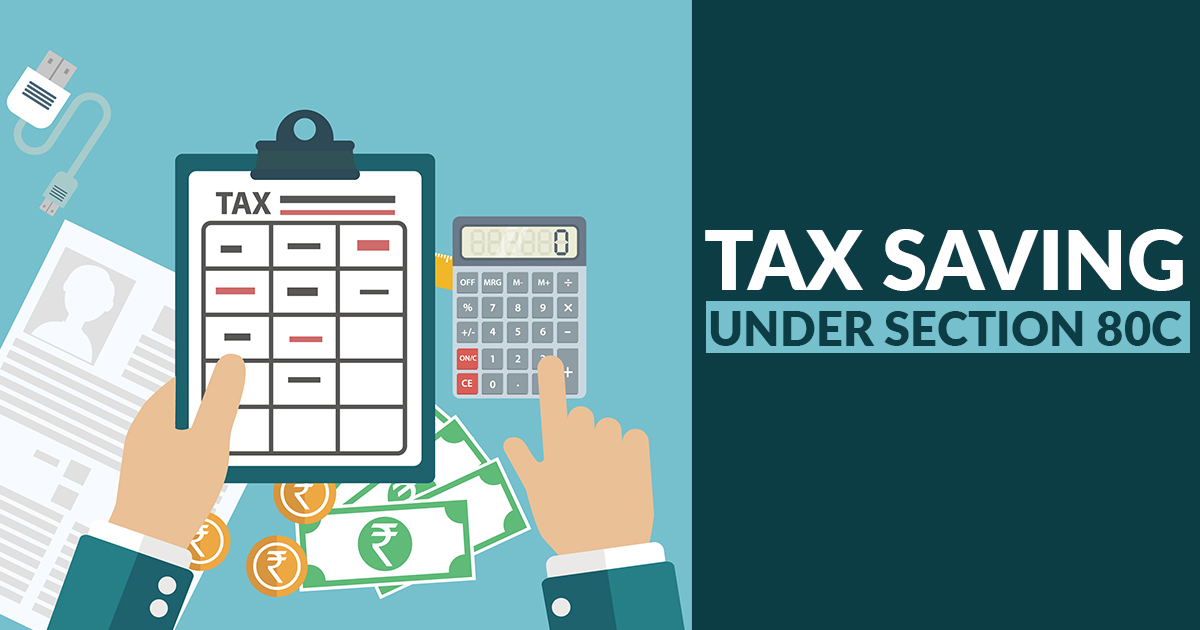Best Tax Saving Investments under Section 80C for FY 2024–25

As the new financial year 2024–25 progresses, salaried individuals and self-employed taxpayers are actively seeking ways to reduce their income tax liability. One of the most popular and effective options is to invest under Section 80C of the Income Tax Act, 1961. This section allows taxpayers to claim deductions up to ₹1.5 lakh on eligible investments and expenditures.
Whether you’re a first-time investor or a seasoned tax planner, knowing the best 80C options helps you maximize returns while saving tax. This guide explores the top tax-saving investments under Section 80C for FY 2024–25, ranked by return potential, lock-in period, and risk level.
✅ What is Section 80C?
Section 80C of the Income Tax Act offers deductions on specified investments or expenses. The maximum deduction limit under 80C is ₹1.5 lakh per financial year. Both individuals and Hindu Undivided Families (HUFs) are eligible.
You can reduce your taxable income and lower your tax payable by investing smartly under this section.
🔍 Who Should Use Section 80C?
- Salaried employees looking to reduce TDS
- Freelancers or self-employed professionals
- First-time investors aiming for low-risk instruments
- Parents planning for children’s education or future

🏆 Top 10 Best Tax-Saving Investments under 80C for FY 2024–25
Let’s explore the most effective 80C investments and compare them on key factors like returns, lock-in, and risk.
1. Employee Provident Fund (EPF)
- Type: Mandatory saving for salaried employees
- Interest Rate (2024–25): ~8.25%
- Lock-in: Till retirement or resignation
- Risk: Low (government-backed)
- Tax Treatment: EEE (Exempt-Exempt-Exempt)
Why it’s good: Automatic savings, tax-free returns, and long-term wealth creation.
2. Public Provident Fund (PPF)
- Type: Government small savings scheme
- Interest Rate (Q1 FY25): 7.1% (compounded yearly)
- Lock-in: 15 years
- Risk: Very low
- Tax Treatment: EEE
Ideal for: Risk-averse investors looking for long-term savings with tax-free interest.
3. Equity-Linked Saving Scheme (ELSS)
- Type: Mutual Fund (equity-oriented)
- Returns: 10–15% (market linked)
- Lock-in: 3 years (shortest under 80C)
- Risk: High
- Tax Treatment: EET (capital gains taxed @10% above ₹1 lakh)
Best for: Young investors seeking high returns and wealth creation.
4. National Savings Certificate (NSC)
- Type: Post office investment
- Interest Rate: 7.7% (compounded annually)
- Lock-in: 5 years
- Risk: Low
- Tax Treatment: Interest taxable, but re-invested interest is eligible under 80C
Good for: Conservative investors who want assured returns.
5. 5-Year Tax Saving Fixed Deposit
- Offered By: Banks and Post Offices
- Interest Rate (2024–25): ~6.5%–7.5%
- Lock-in: 5 years
- Risk: Low
- Tax Treatment: Interest is taxable
Good for: Those preferring stable returns with ease of investment.
6. Life Insurance Premiums
- Type: Term plan or traditional policies
- Eligibility: Premiums for self, spouse, and children
- Tax Treatment: Deduction on premium under 80C; maturity proceeds are tax-free (if conditions met)
Smart use: Opt for term insurance—low cost, high coverage, and 80C benefit.
7. Sukanya Samriddhi Yojana (SSY)
- For: Girl child below 10 years
- Interest Rate (FY 2024–25): 8.2% (highest among 80C options)
- Lock-in: Till girl turns 21 or marries after 18
- Tax Treatment: EEE
Ideal for: Parents of daughters looking for safe, long-term savings.
8. Tuition Fees for Children
- Eligibility: Fees paid to schools, colleges, or universities in India
- For: Maximum 2 children
- Tax Treatment: Part of 80C (no separate limit)
Note: Only tuition fees (not books, transport, or donation) qualify.
9. Home Loan Principal Repayment
- Eligibility: Only for residential property loans
- Tax Treatment: Principal portion of EMI is deductible under 80C; interest under Section 24(b)
Bonus tip: Also get ₹50,000 extra under Section 80EE (first-time homebuyers).
10. Senior Citizens Savings Scheme (SCSS)
- Eligibility: Age 60+ (or 55+ under VRS)
- Interest Rate: 8.2% (Q1 FY25)
- Lock-in: 5 years (extendable by 3)
- Tax Treatment: Interest taxable, but principal qualifies under 80C
Best for: Retirees seeking secure returns and tax benefit.

💡 How to Choose the Best 80C Investment?
Consider the following:
- Your risk profile: ELSS for high risk, PPF for low risk
- Investment horizon: Short term (NSC, ELSS), Long term (PPF, SSY)
- Liquidity needs: ELSS has lowest lock-in
- Tax treatment: Prefer EEE options for higher tax efficiency
📊 Comparison Table: Top 80C Investments (FY 2024–25)
| Investment Type | Return Rate | Lock-in | Risk | Tax Treatment |
|---|---|---|---|---|
| PPF | 7.1% | 15 yrs | Low | EEE |
| ELSS | 10–15% | 3 yrs | High | EET |
| NSC | 7.7% | 5 yrs | Low | Interest Taxable |
| 5-Year FD | 6.5–7.5% | 5 yrs | Low | Interest Taxable |
| Life Insurance | Varies | Varies | Low | EEE (if ULIP meets terms) |
| SSY | 8.2% | 21 yrs | Low | EEE |
| Home Loan Principal | — | — | — | Deductible |
| Tuition Fees | — | — | — | Deductible |
| EPF | ~8.25% | Till retirement | Low | EEE |
| SCSS | 8.2% | 5 yrs | Low | Interest Taxable |
⚠️ Things to Keep in Mind
- The total 80C deduction limit is ₹1.5 lakh, including all listed instruments.
- Deductions under Section 80CCD(1B) (like NPS) are additional ₹50,000 over 80C.
- If you’re in the new tax regime, you cannot claim 80C deductions.
🧠 FAQs on Section 80C Investments
Q1: Can I invest in both PPF and ELSS?
Yes. You can split your ₹1.5 lakh limit across both.
Q2: Is interest from PPF tax-free?
Yes. PPF falls under EEE—no tax at any stage.
Q3: Can I claim life insurance premium for parents under 80C?
No. Only premiums for self, spouse, and children are eligible.
Q4: Is ELSS better than PPF?
For higher returns and short lock-in, yes—but it carries market risk.
Q5: How do I maximize 80C benefits?
Invest in a mix of low- and high-risk options, like PPF + ELSS + insurance.
✍️ Final Thoughts
Section 80C offers multiple tax-saving avenues that can also help you meet financial goals—whether it’s your child’s education, retirement, or wealth creation. Plan early in FY 2024–25 and choose the right combination based on your income, goals, and risk appetite.




